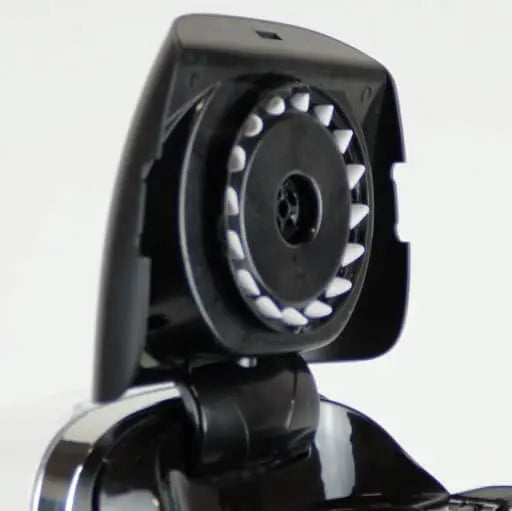As you probably already know, the BRU Maker One has a rinsing function, also known as the self-cleaning or auto-cleaning function.
After every cup of tea you make, the appliance lets some water run into the brewing chamber. This prevents tea residue from collecting in it. This saves you cleaning after every brewing process.
What happens to the water afterwards?
You can choose from two options (these can be found in the Rinse setting):
- Our recommendation: Add the water used to make the tea to your teaafter brewing. Don't worry, the water will only end up where your tea was before. It is absolutely hygienic and harmless. The amount of water is so small that the temperature of your tea is not affected.
- Alternatively, you can direct the rinse water into the drip tray. In this case, the rinse water is dispensed as soon as you have removed your cup. Please remember to empty the drip tray in good time.
If you switch off the rinsing function, the glass brewing chamber must be cleaned by hand or in the dishwasher.
NOTE: You should clean the glass brewing chamber regularly even when the rinse function is switched on. We recommend doing this at least once a week. Further information on cleaning the glass brewing chamber and other parts of the machine can be found here.
Flush strength
The rinse function has 3 different intensities, which you can select in the settings settings.
Normal: The normal rinsing intensity, which is sufficient for most types of tea.
Intensive: Do you have the feeling that your glass brewing chamber is not being rinsed sufficiently? Select the intensive rinse, especially for very fine or heavy tea leaves such as rooibos. Your brewing chamber will then be rinsed a little longer and with more water.
In short: If you want to minimize the rinsing time or the amount of water, a short rinse is just right. It is absolutely sufficient for most types of tea.
Flush delay time
Last but not least, you should also consider the flush delay time.
Use this function to set the delay before rinsing is carried out. The number on the display shows how many seconds after the tea is brewed the rinsing starts. By default, the rinse delay is set to 0, i.e. it takes place immediately afterwards.
The only reason to change the setting is if you notice that your glass brewing chamber is not completely clean after the rinsing process, even if you have selected the highest rinsing intensity. This can happen if you use a very fine tea. The tea will then be served more slowly, as finer tea can make it more difficult for the water to drain quickly from the tea strainer. This in turn can lead to the rinsing process starting before the tea has been fully served. This nullifies the cleaning effect. This is where the rinse delay comes into play! Set the rinsing delay to a value greater than 0 and increase this value until the glass brewing chamber is rinsed clean.
If you have already set the rinse delay to the maximum duration of 60 seconds and the glass brewing chamber still has tea deposits after rinsing, there may be another problem. In this case, please contact customer service.
Additional information on the flushing function
If you have not used the machine for over a week, we recommend that you carry out a rinse cycle before using it again. To do this, press and hold the main button for longer than 3 seconds. The machine will then carry out a simple rinse cycle. The rinse water is not suitable for consumption - please pour it away! You can then start making tea straight away.




Leave a comment
All comments are checked before publication.
This website is protected by hCaptcha and the terms and conditions and privacy policy of hCaptcha apply.